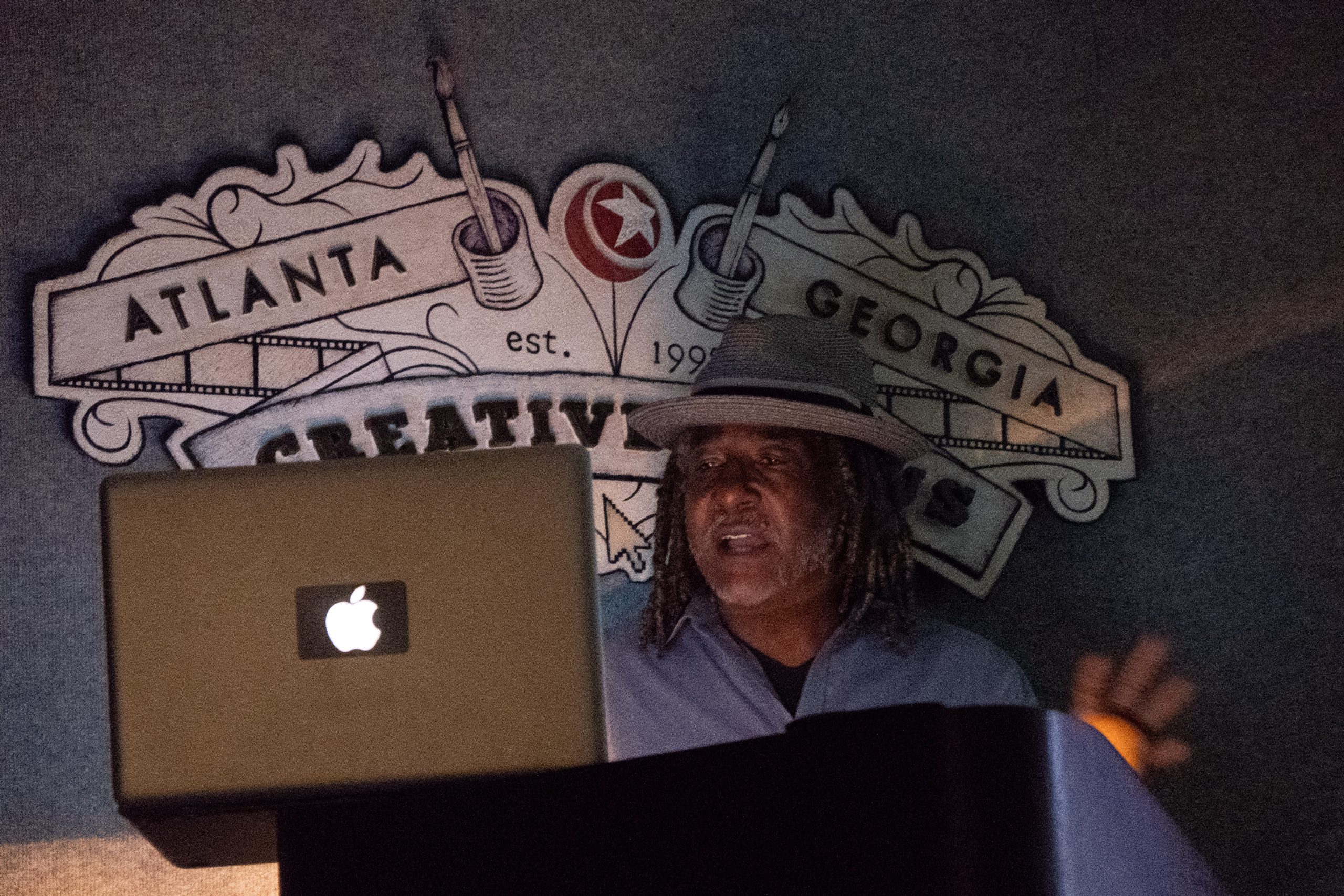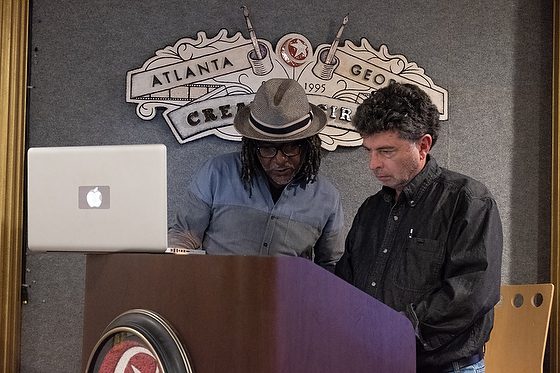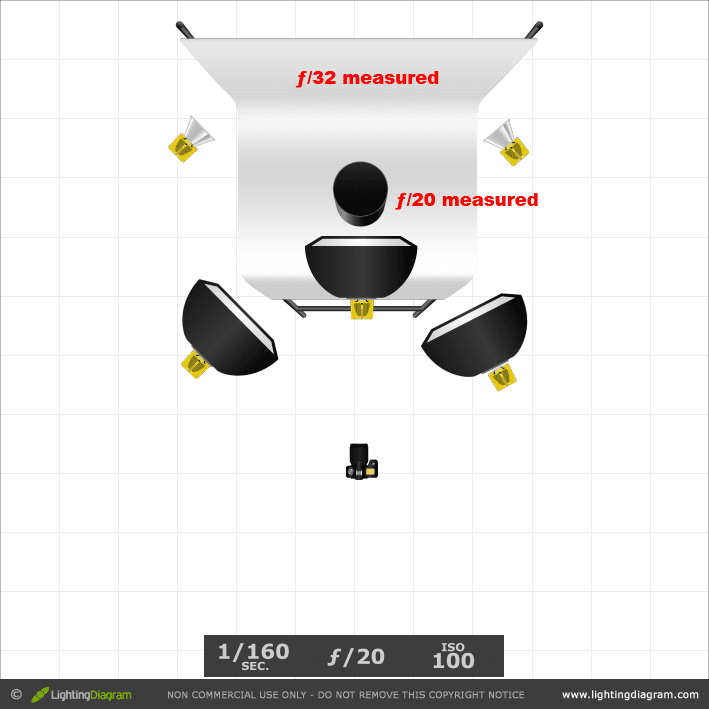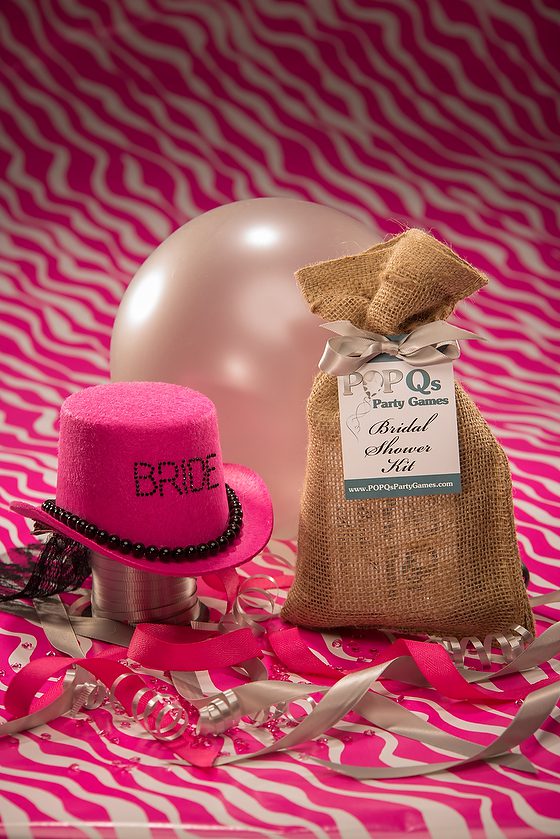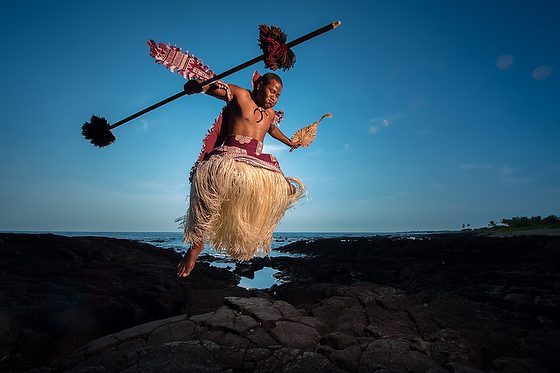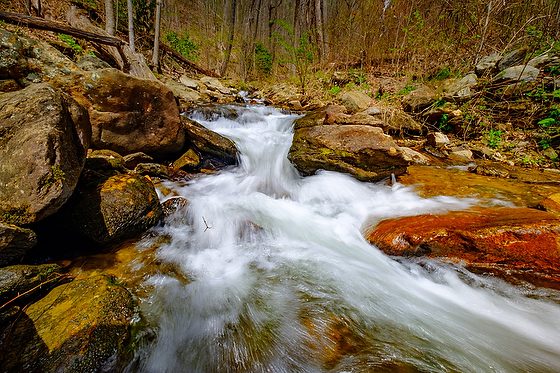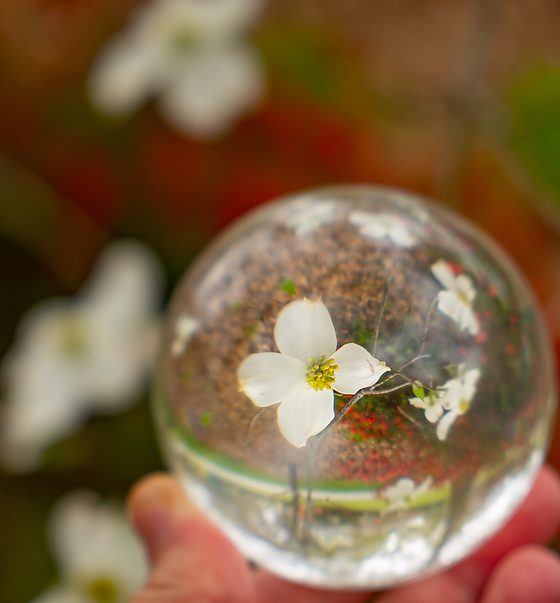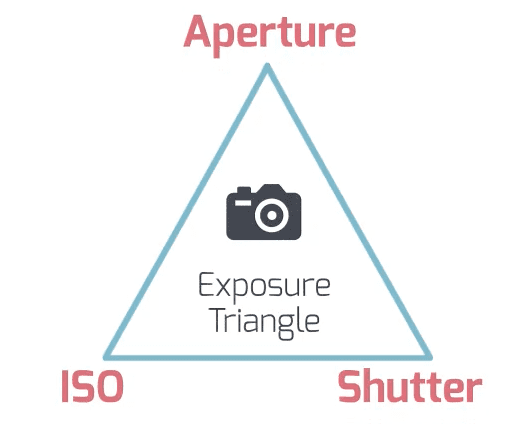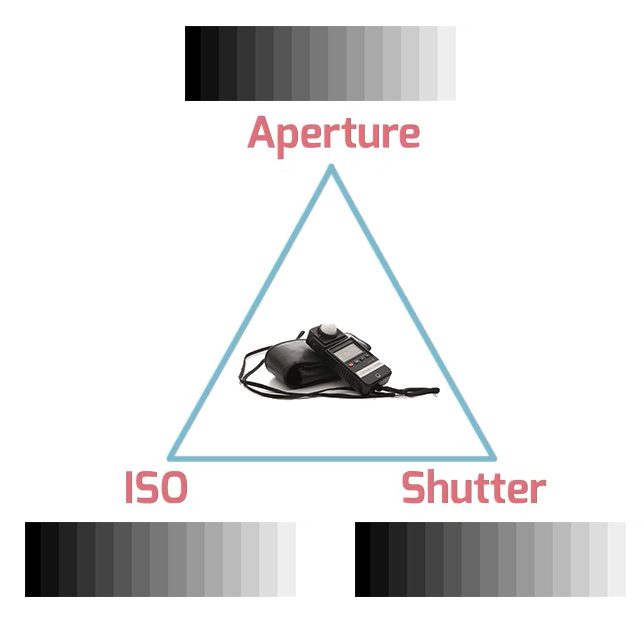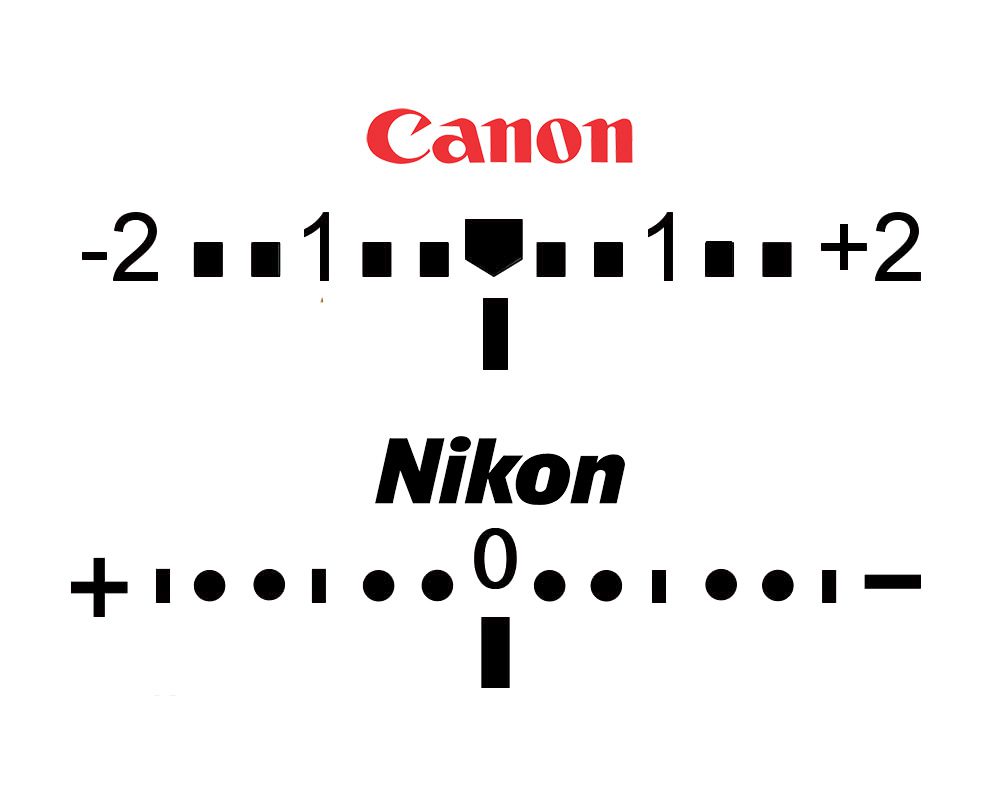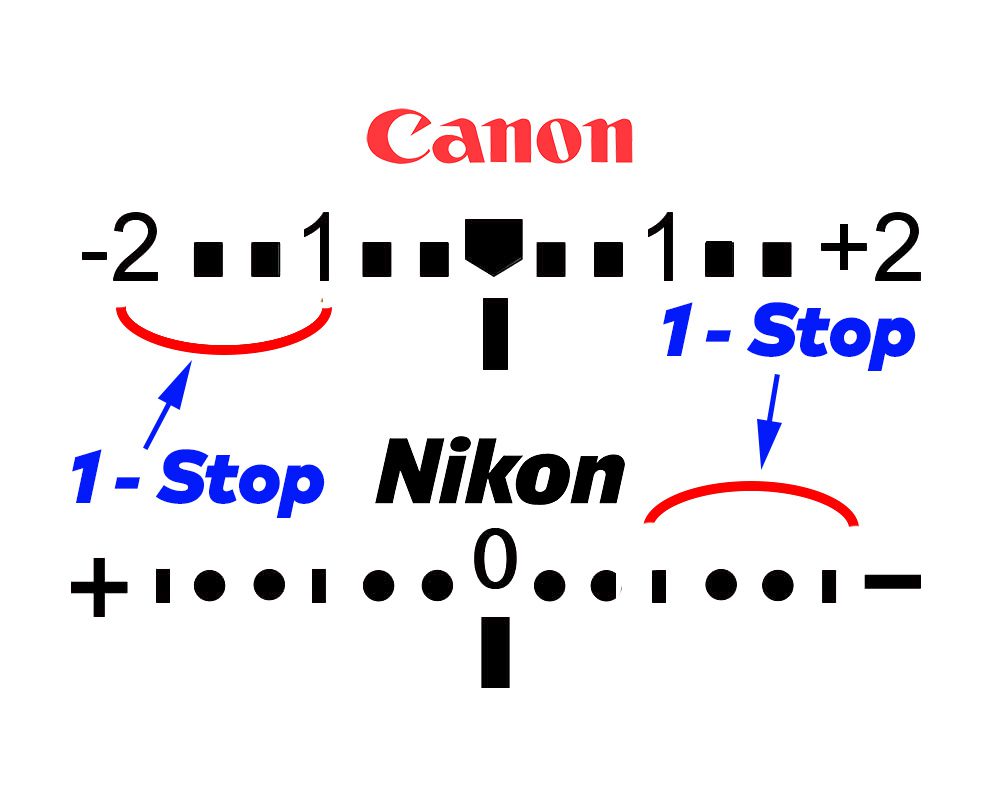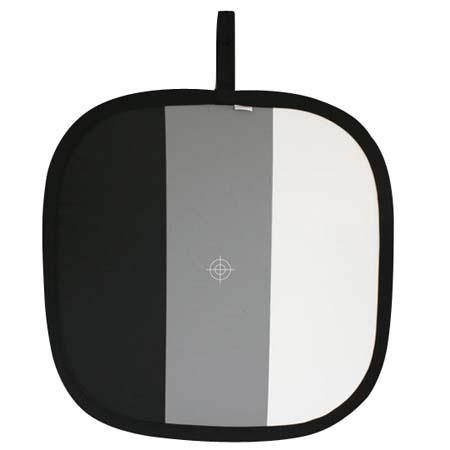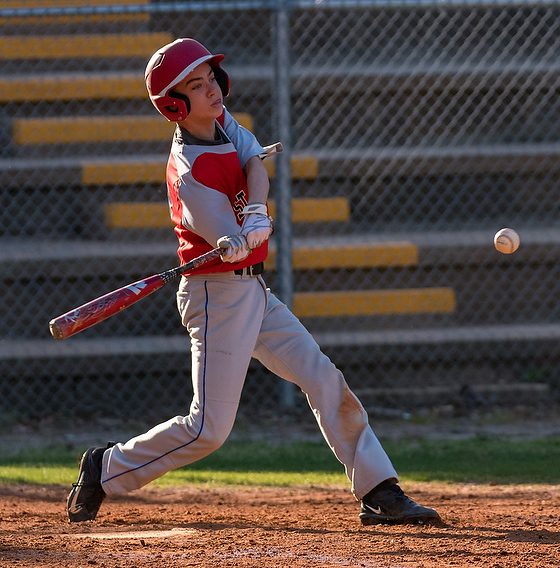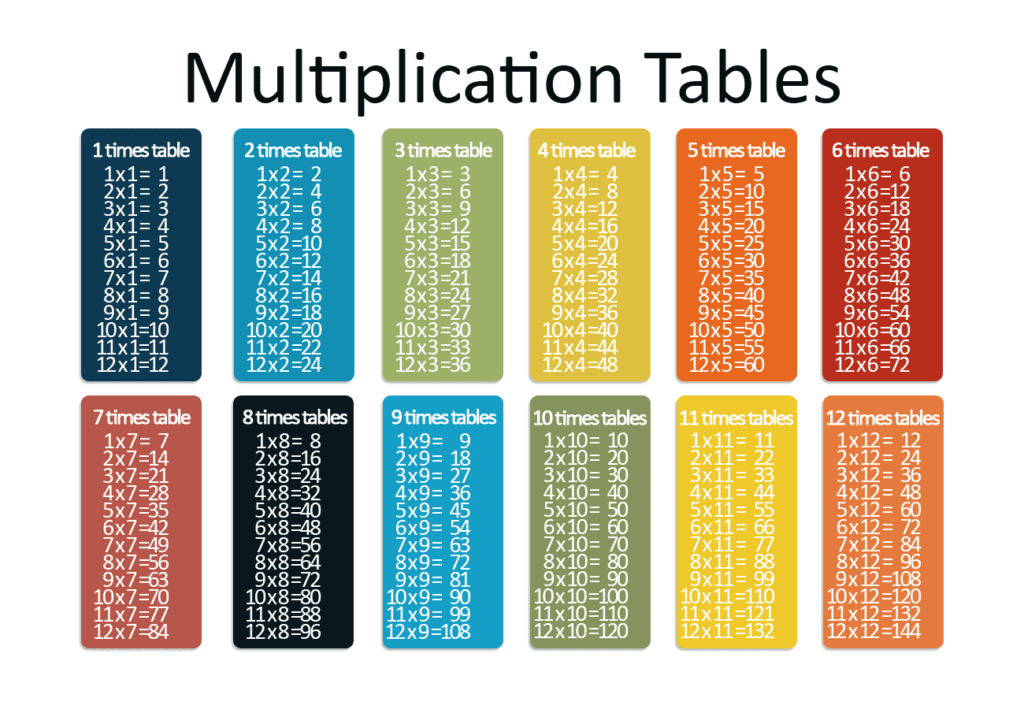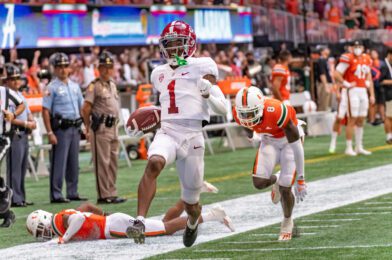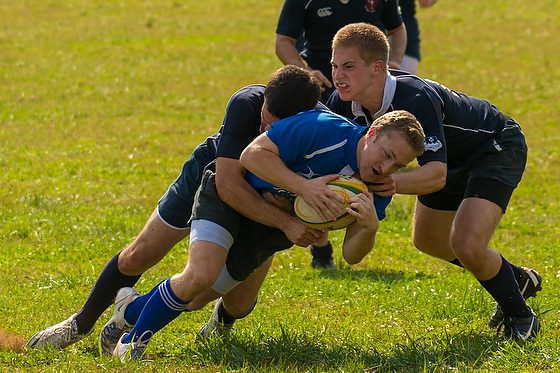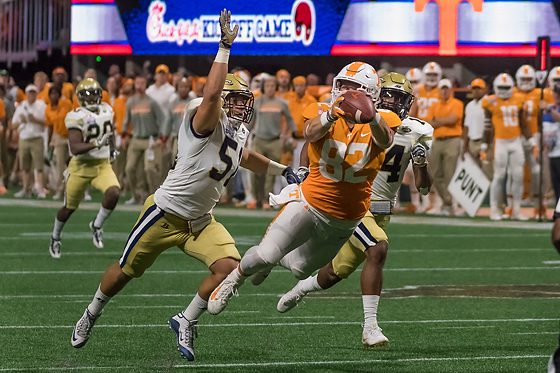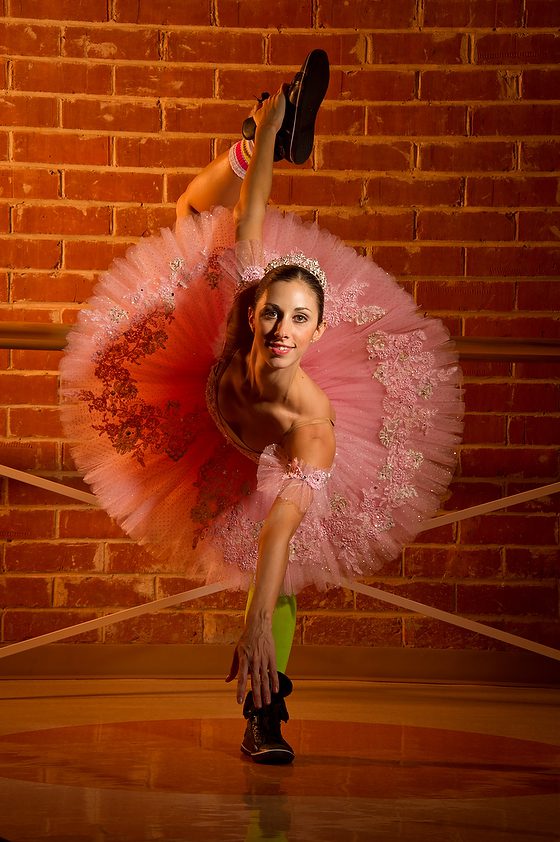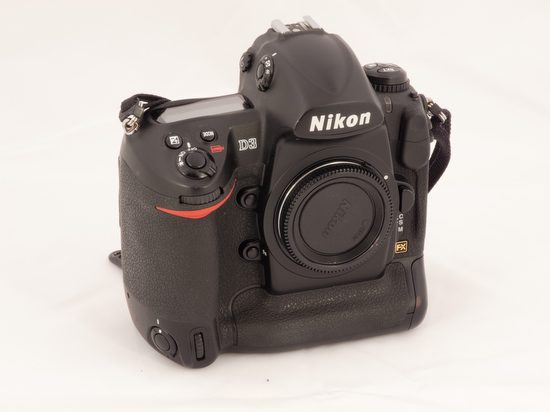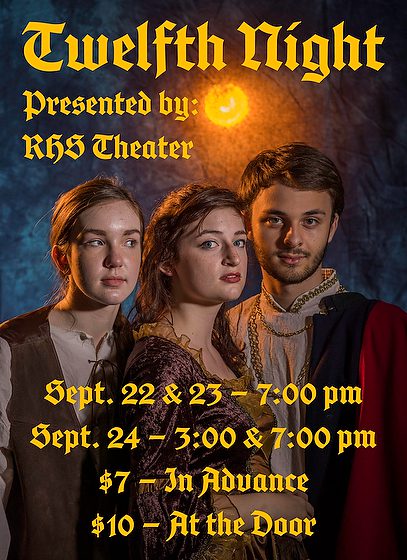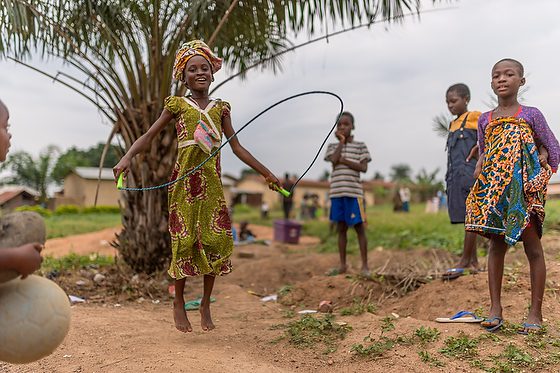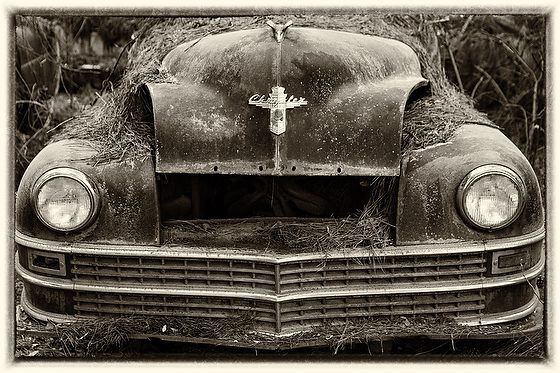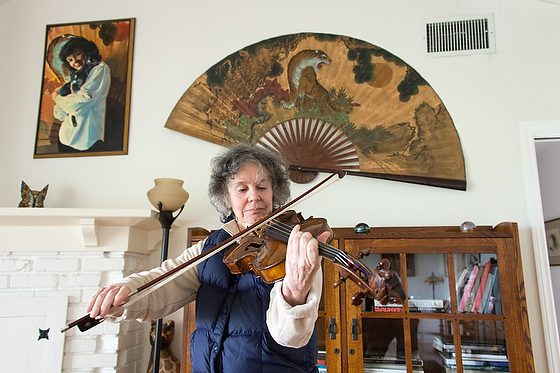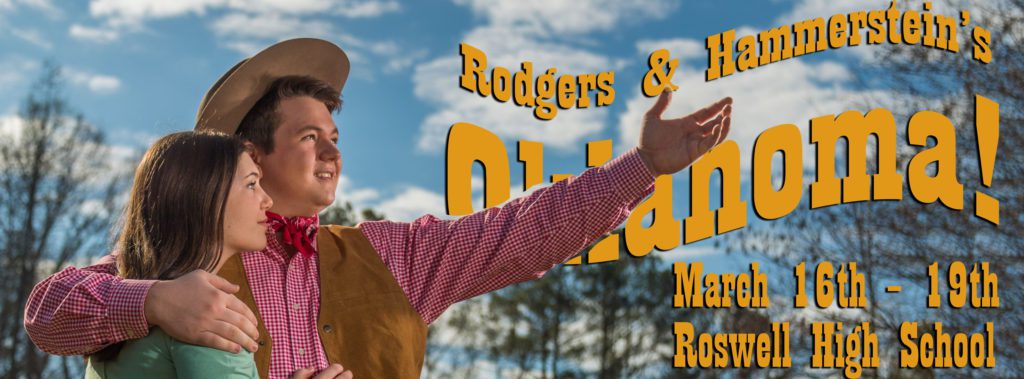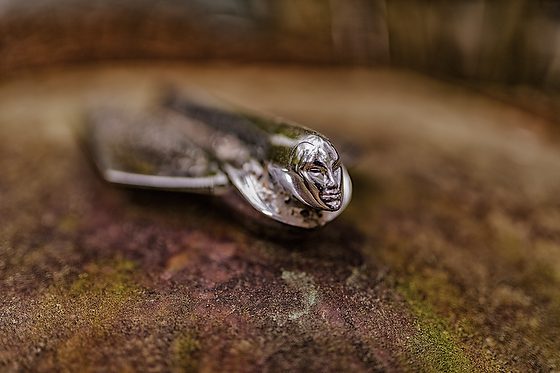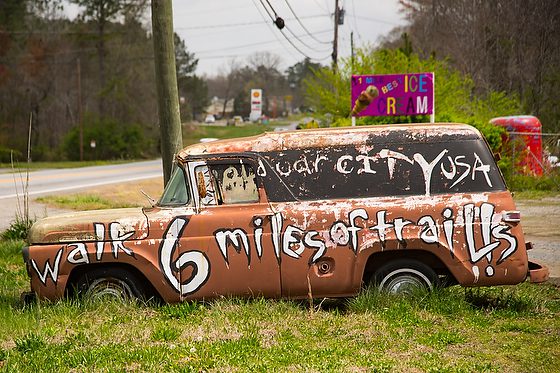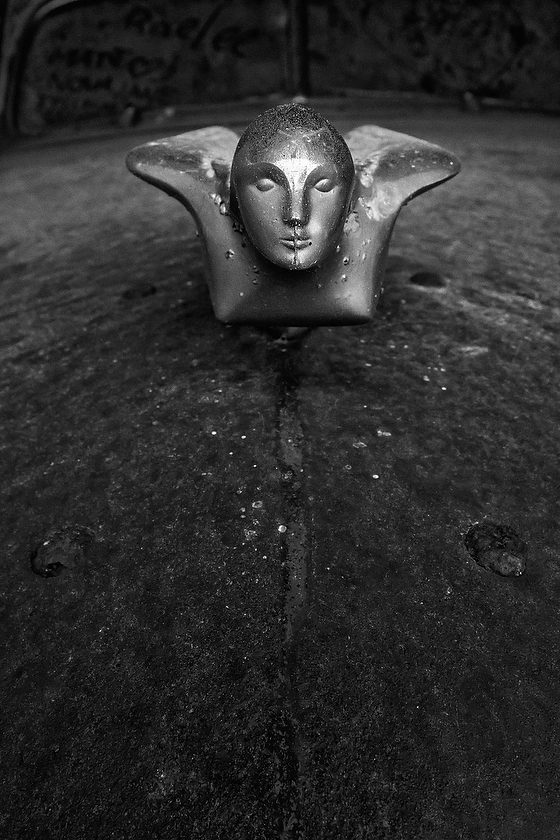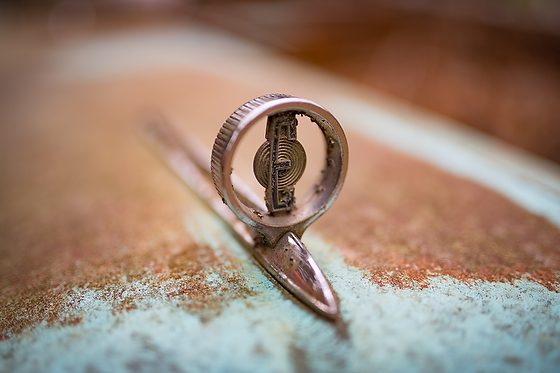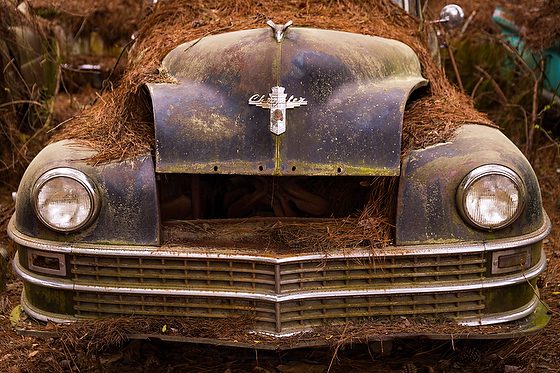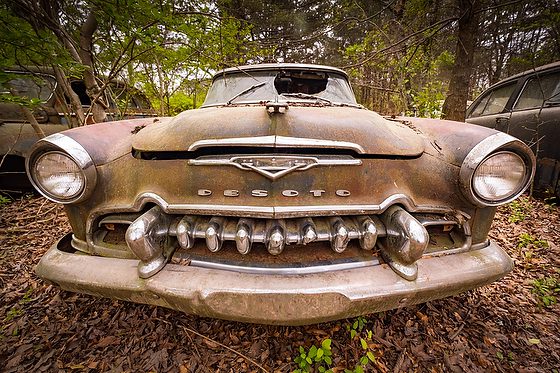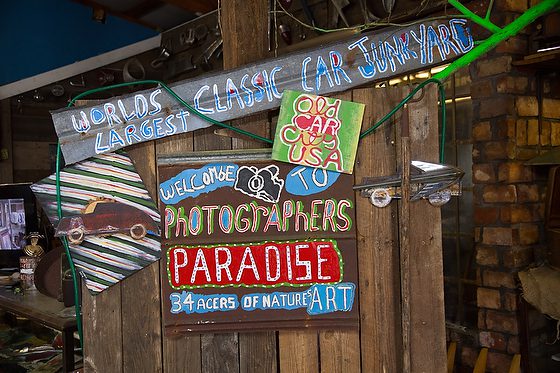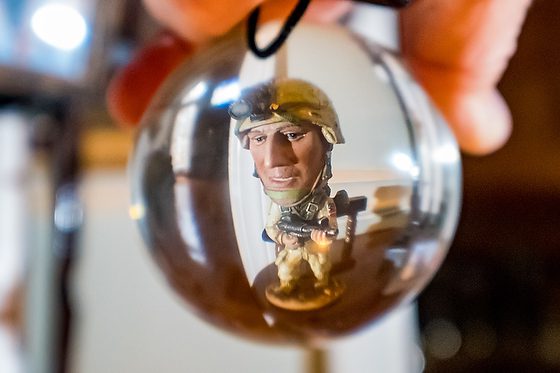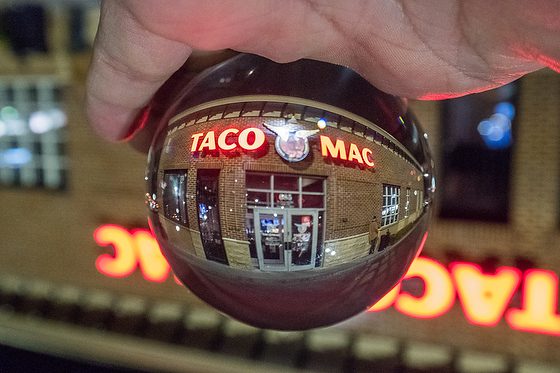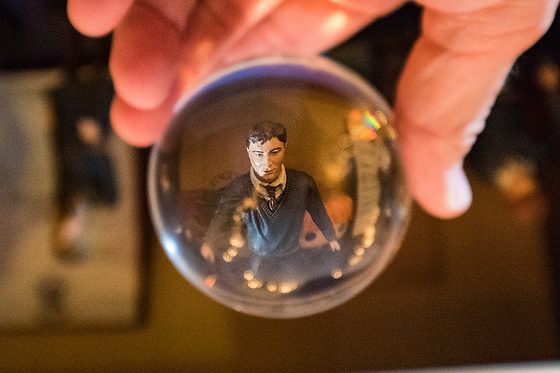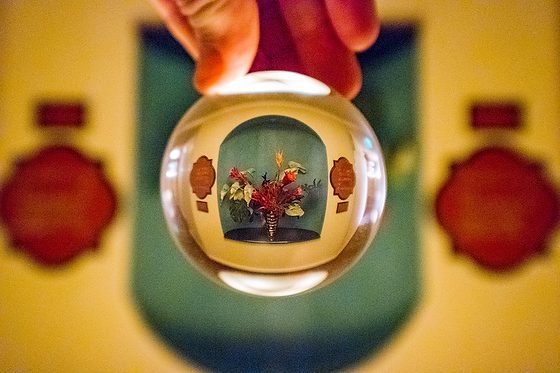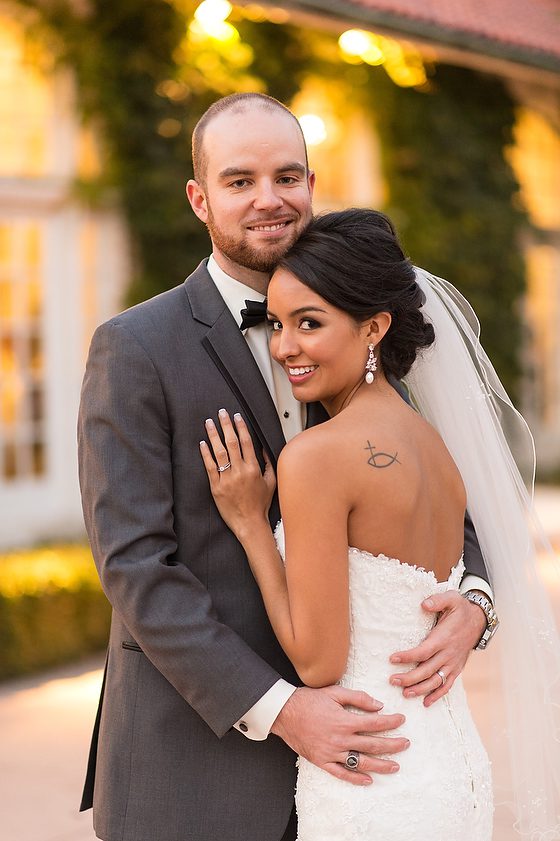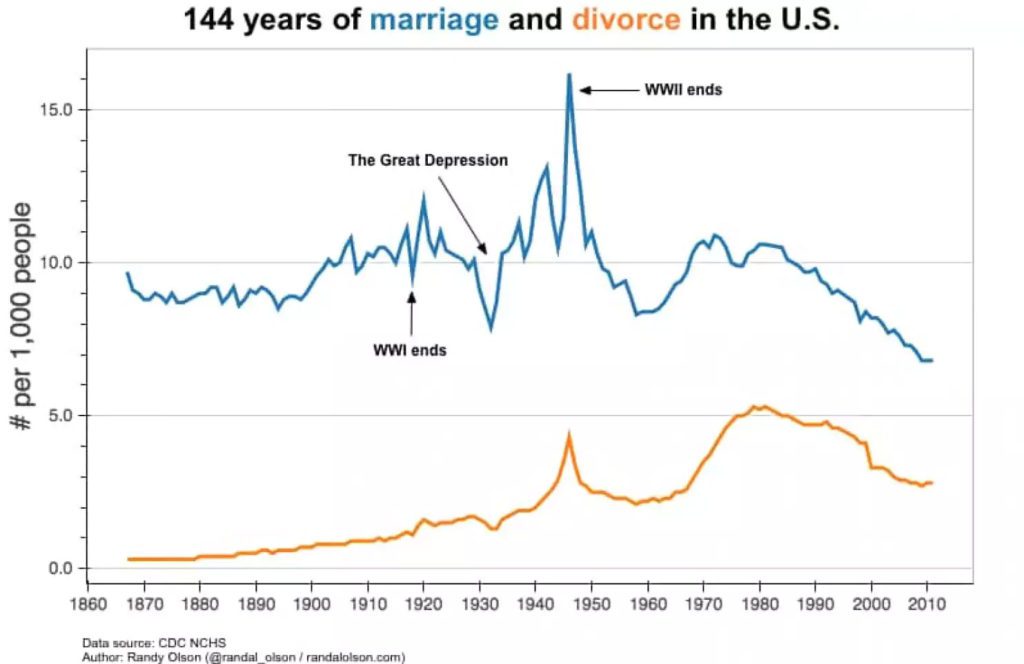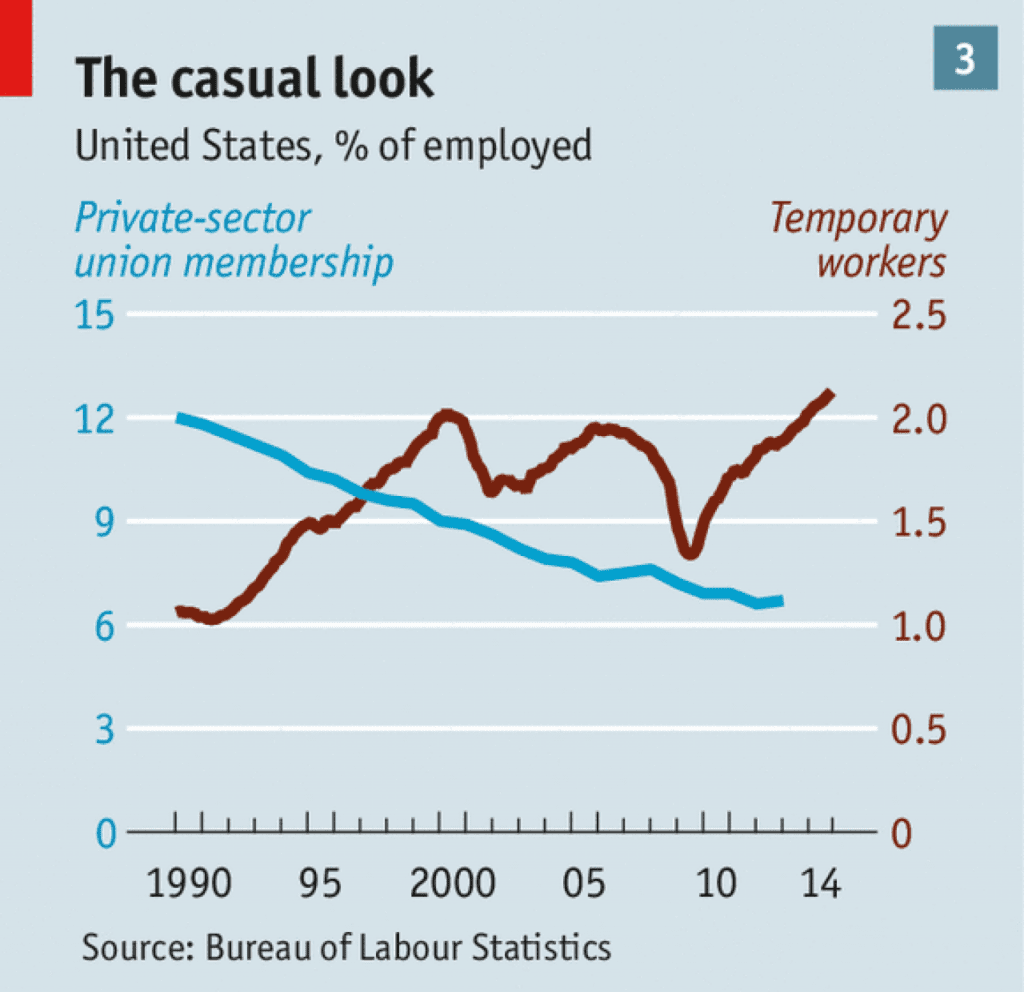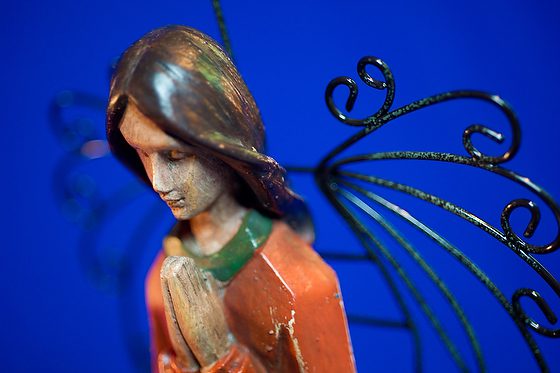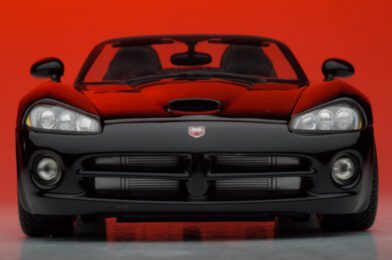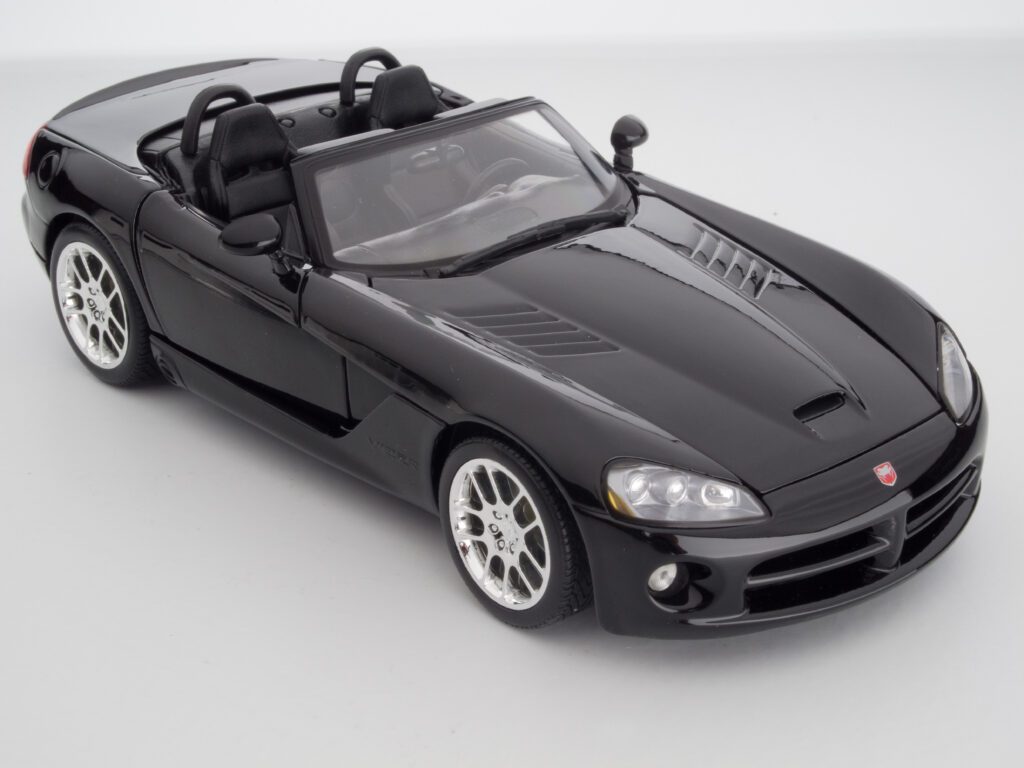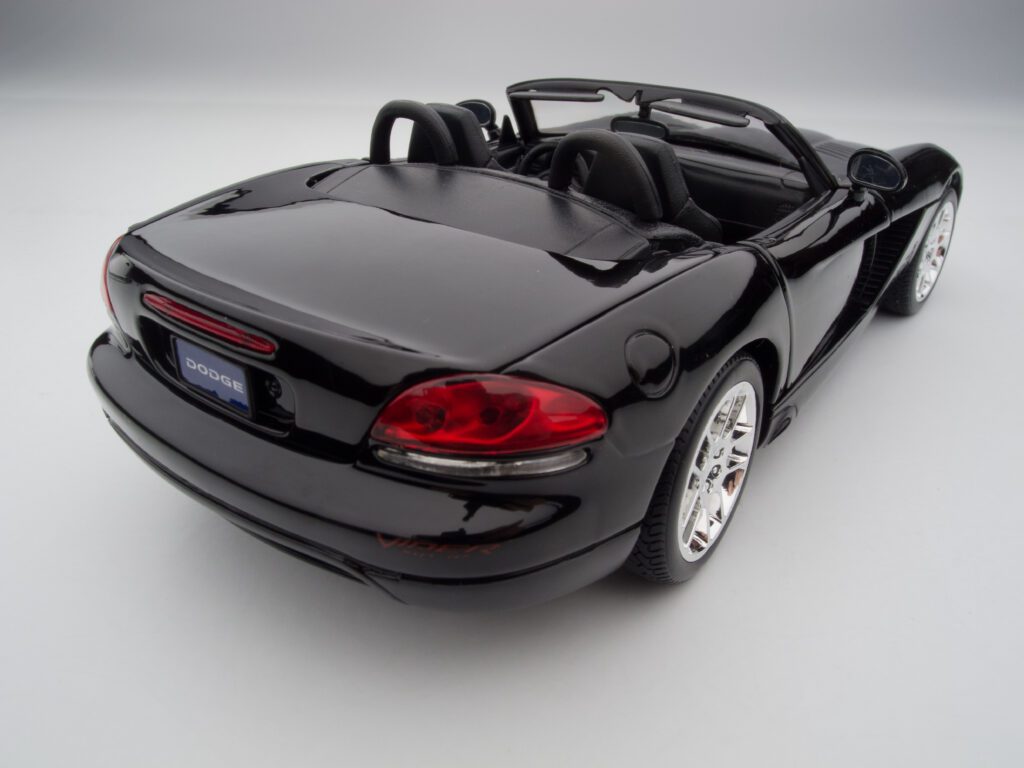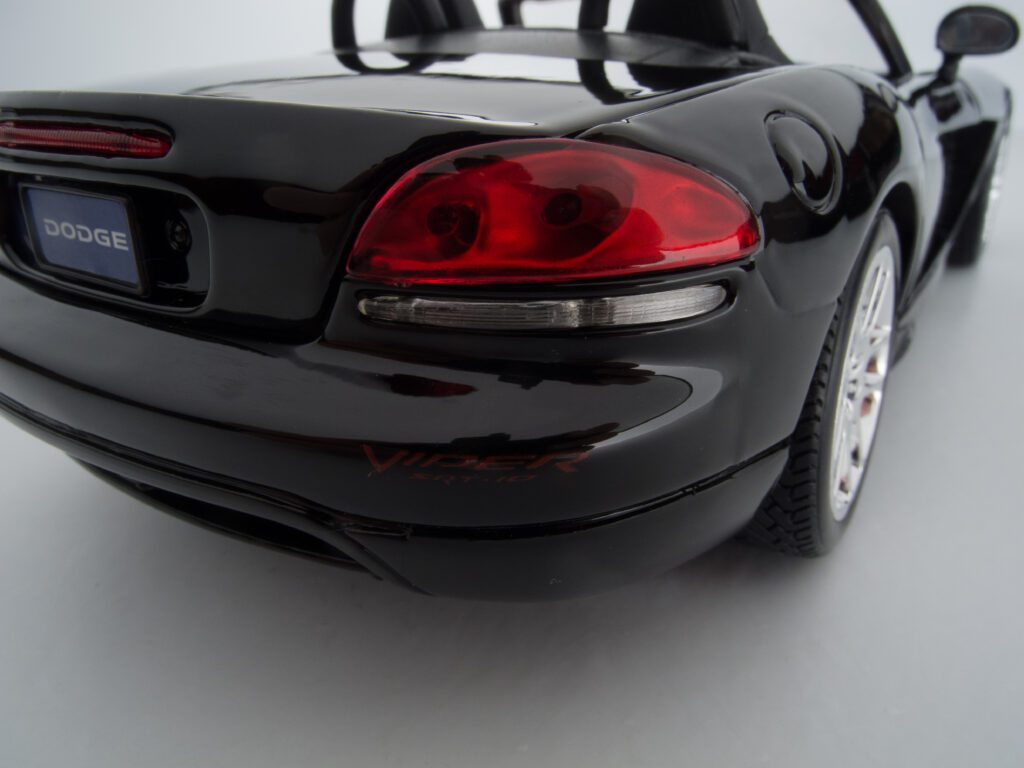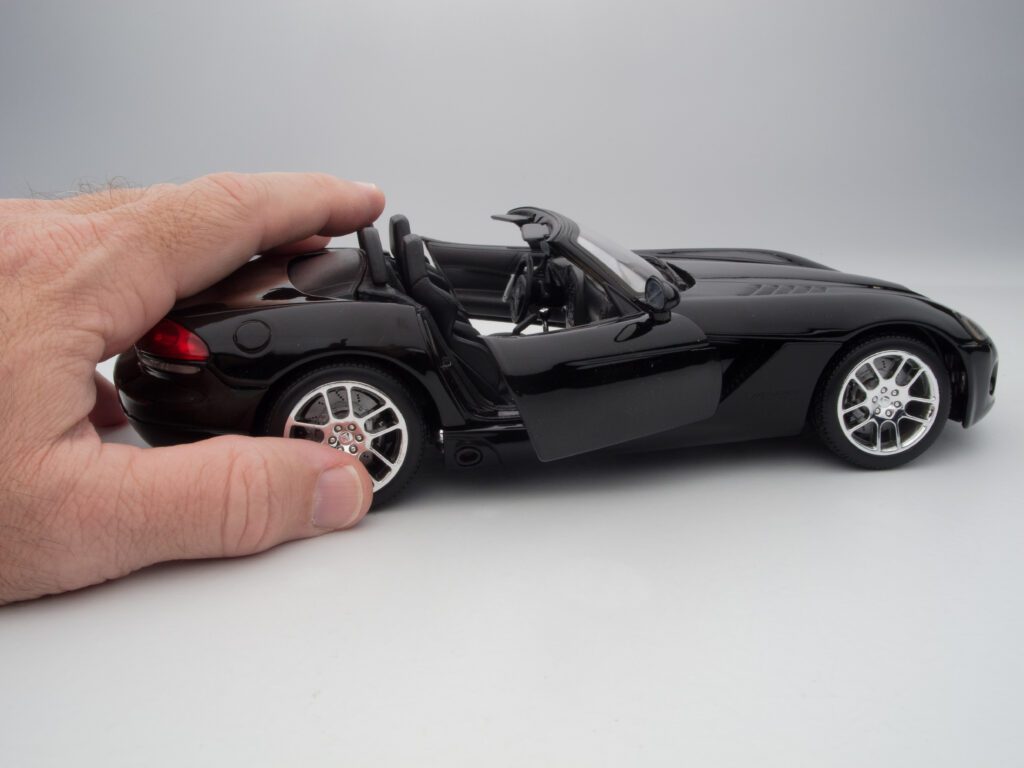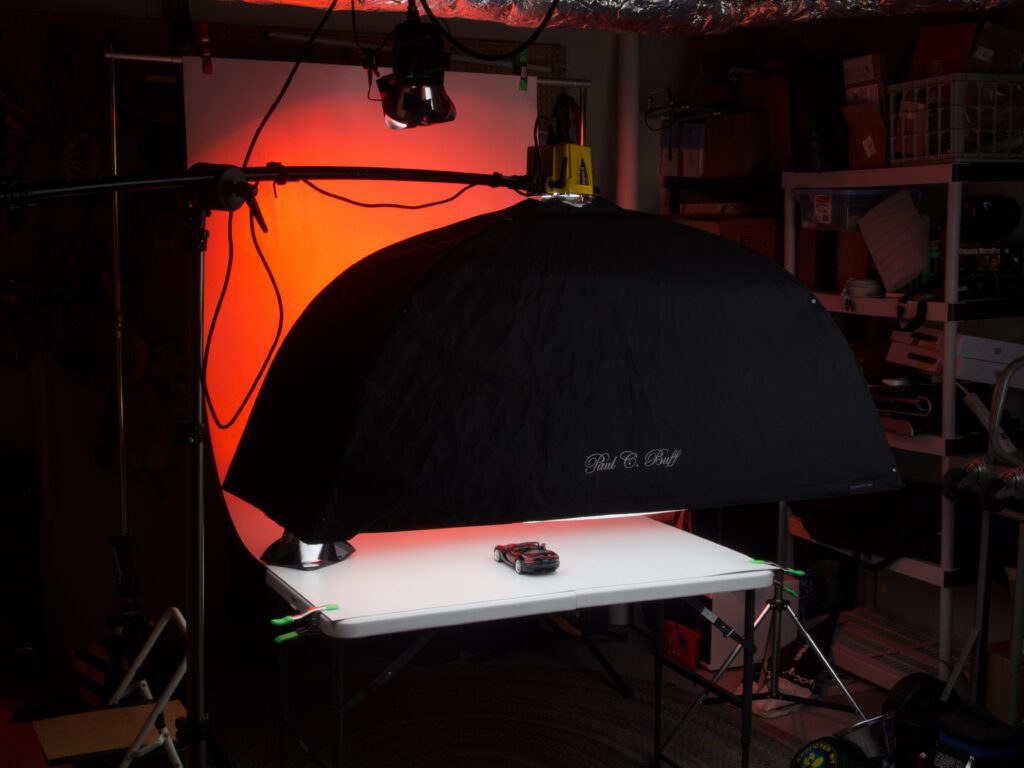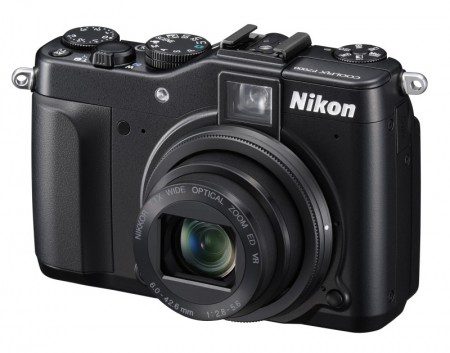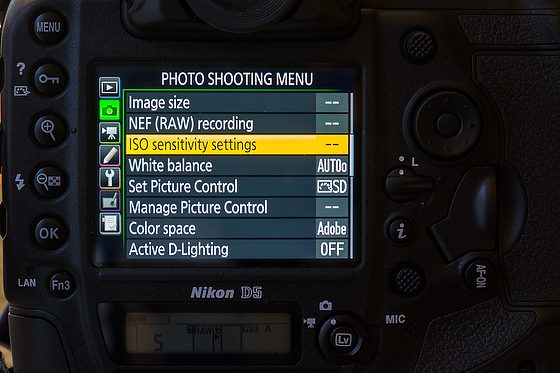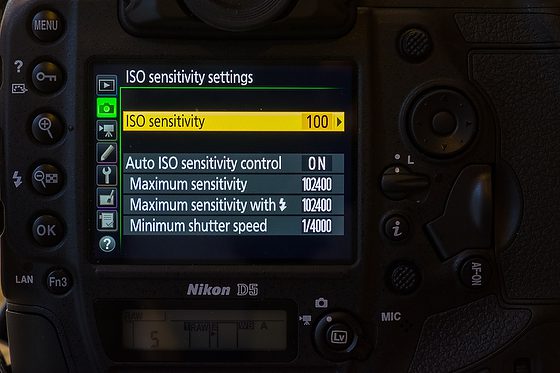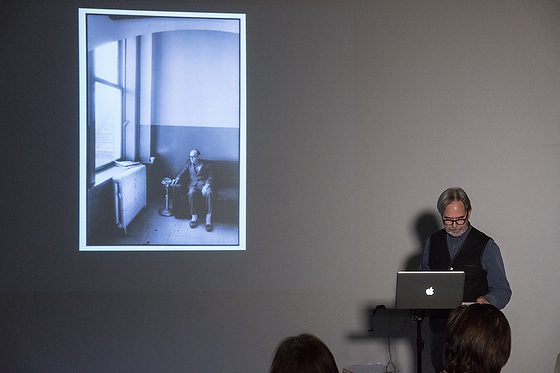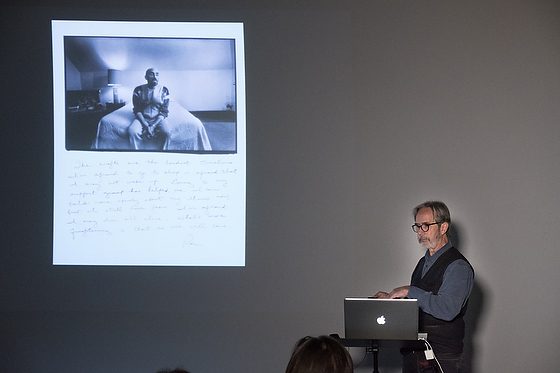Octane Coffee Bar in West End Atlanta. [Fuji X-E3, 18-55mm, ISO 200, ƒ/8, 1/420]
This is how I start most days–a cup of coffee. Everyone has a time of day that we are most productive. Over time, we will try to be most effective during our sweet spot of the day.
Today more than any other time in my life, trying to get any message to an audience is more like trying to get people’s attention on the highway.
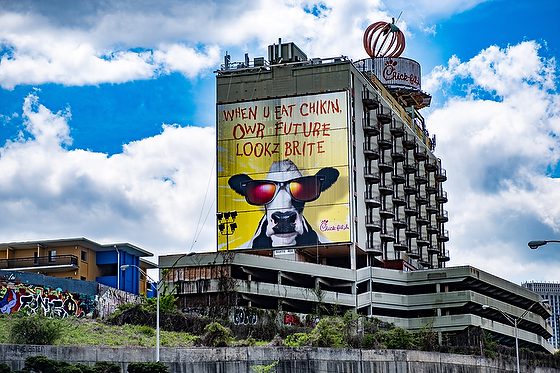
Do Billboards Work?
According to the Arbitron study, billboard advertising is effective. According to the survey, 71 percent of Americans “often look at the messages on roadside billboards,” Most Americans at one time or another learned about an event that interested them or a restaurant they later patronized.
However, consumers no longer look at billboards like they did twenty or thirty years ago. While they may still be considered a premium advertising space, consumers are engrossed in their smartphones, tablets, and gaming systems. Eyes are down, not up, for much of our lives.
Six Words or Six Seconds
Six seconds has been touted as the industry average for reading a billboard. So, around six words are all you should use to get the message across.
The Superhighway
In the 1990s, we started to call the internet the Superhighway. Our messaging has become more like a billboard on the highway.
If you can get your message to be short and sweet and it delivers all one needs to know to take action, then you are poised to make people’s daily commute in life worthwhile and more productive.
The More Billboards, The Better.
Making sure your audience gets your message on the highways often requires more billboards. Your statement must be concise. As billboard experts will tell you, if you use a headline that explains your visual, you’re wasting words.
When you are limited to 5 to 10 seconds for messaging, you need to be sure they see it. It would help if you had your billboard on the bypass and downtown to be sure you are reaching your audience.
Engage & Deliver
We all get ticked when someone takes more of our time because they are not well organized. I get even more frustrated when someone has done a great job hooking me and leading me through well-written or visual communication but, in the end, doesn’t deliver.
Before you can talk you must listen.
In most conversations, the person who speaks most minor benefits most, and the person who speaks most benefits least. This is why social media is often preferred over mainstream media; they get to talk and be heard on those platforms.
Instagram, Facebook, Google, Pinterest
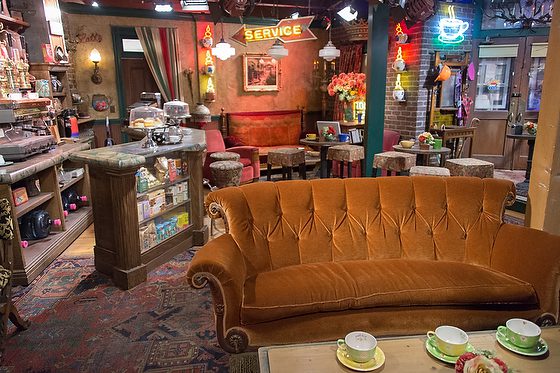
Today due to Starbucks, Seinfeld, and Friends in the late 80s and early 90s, we have the third space–The coffee shop. Today brands realize that people are looking for an experience. They are looking for a place beyond work for an encounter that leaves an impression. They want a place they can interact with others.
BREAKTHROUGH with your audience!
Don’t think of your job as creating content. Think of your job being like a counselor, parent, or friend. If you care for someone, you want to know how they are doing. You want them to be happy.
As a counselor, you are trained not just to take what someone is telling you are being the real problem. Often what they are talking about is a symptom.
As a parent, you tend to know your child’s personality and how that can shape how they see the world and how this can affect their child’s view of circumstances.
As a friend, you often tolerate some traits because you know their heart.
Can you, as a communicator, say you know your audience well enough to know their hopes and fears?
Your breakthrough is probably pretty straightforward, but it will start with understanding others more than just knowing yourself and what you can do.
Sometimes your breakthrough isn’t about your skills or service at all. Often it will be in helping someone with something other than your product.
Look what guides on of the Gold Standard brands the Ritz Carlton:
The Ritz-Carlton Hotel is a place where the genuine care and comfort of our guests is our highest mission.
We pledge to provide the most exemplary personal service and facilities for our guests, who will always enjoy a warm, relaxed, yet refined ambiance.
The Ritz-Carlton experience enlivens the senses, instills well-being, and fulfills even our guests’ unexpressed wishes and needs.
I love the words “Genuine Care” in that first sentence.
Genuine – indeed what something is said to be; authentic.


